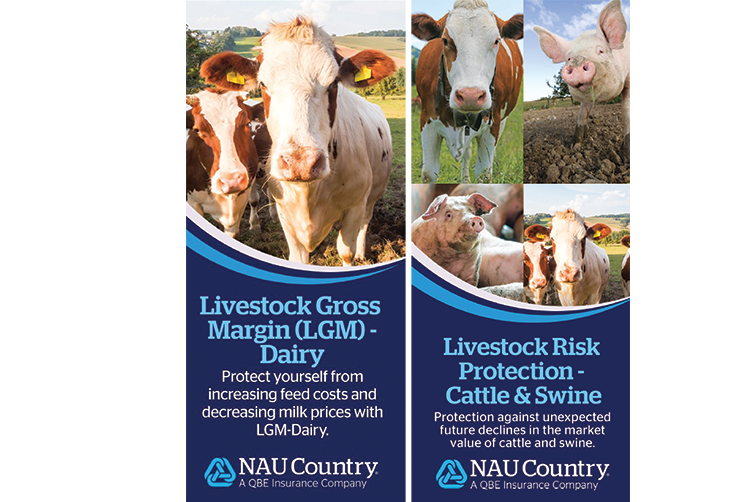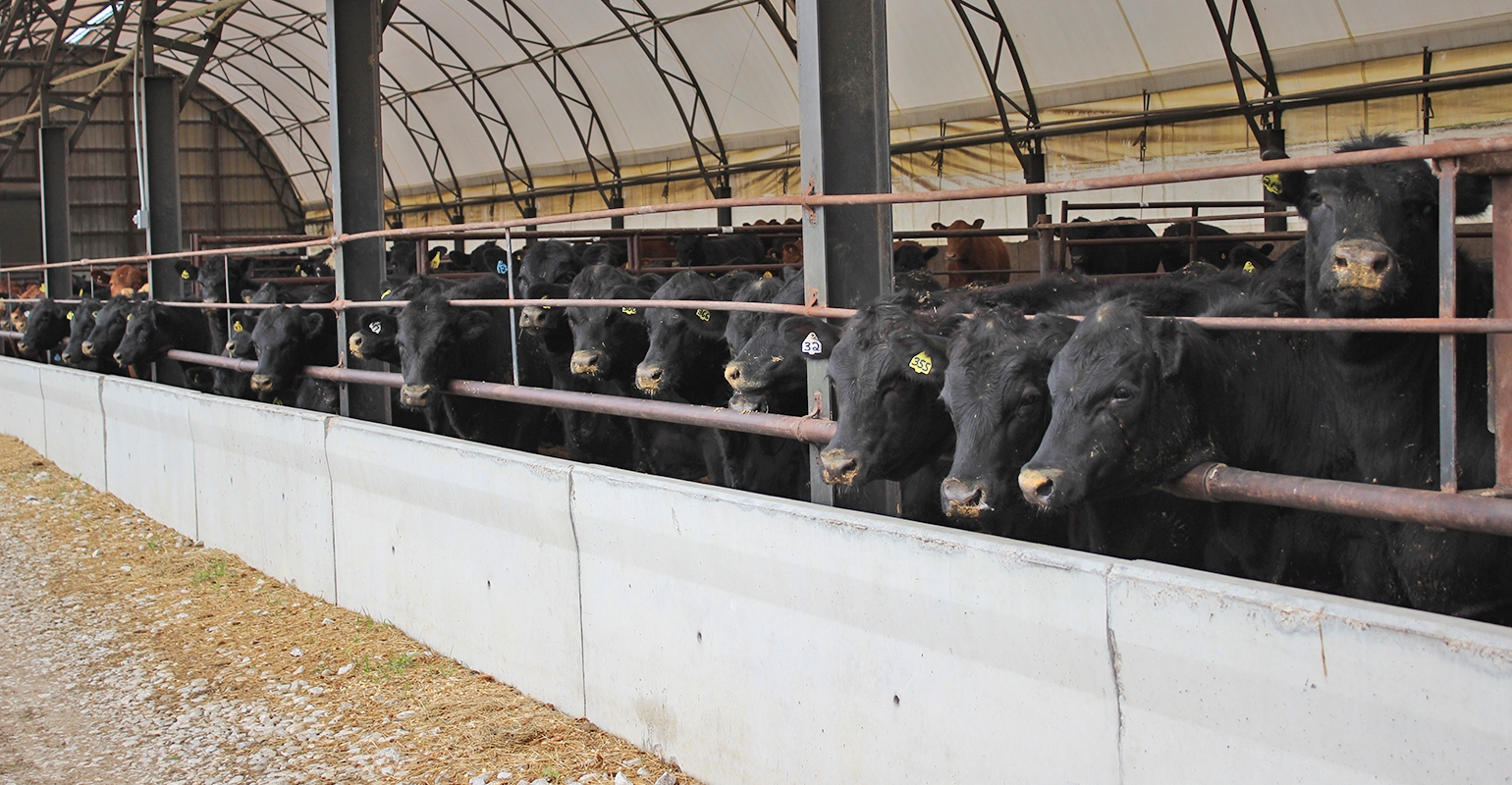Bagley Risk Management Solutions: Your Shield Against Unpredictability
Bagley Risk Management Solutions: Your Shield Against Unpredictability
Blog Article
Comprehending Livestock Danger Defense (LRP) Insurance Policy: A Comprehensive Guide
Browsing the realm of livestock danger protection (LRP) insurance can be a complex undertaking for several in the farming market. This kind of insurance policy uses a safeguard against market changes and unforeseen scenarios that might impact animals manufacturers. By understanding the complexities of LRP insurance policy, producers can make educated choices that might guard their operations from monetary risks. From how LRP insurance operates to the numerous insurance coverage alternatives readily available, there is much to discover in this extensive guide that can potentially form the means livestock producers approach danger administration in their organizations.

Exactly How LRP Insurance Policy Works
Occasionally, recognizing the auto mechanics of Animals Threat Security (LRP) insurance coverage can be intricate, however breaking down just how it works can give quality for farmers and breeders. LRP insurance coverage is a danger administration device developed to safeguard animals producers against unanticipated cost declines. It's crucial to note that LRP insurance coverage is not an income warranty; rather, it focuses only on price risk protection.
Qualification and Insurance Coverage Options

When it comes to insurance coverage options, LRP insurance offers manufacturers the versatility to pick the protection level, insurance coverage period, and recommendations that best fit their threat monitoring demands. Insurance coverage degrees commonly vary from 70% to 100% of the anticipated finishing value of the insured livestock. Producers can also select coverage durations that align with their manufacturing cycle, whether they are insuring feeder cattle, fed cattle, swine, or lamb. Endorsements such as rate danger protection can even more customize protection to safeguard against unfavorable market fluctuations. By comprehending the eligibility requirements and coverage options available, livestock manufacturers can make informed choices to handle threat properly.
Pros and Cons of LRP Insurance
When examining Livestock Danger Protection (LRP) insurance coverage, it is crucial for livestock producers to consider the advantages and downsides intrinsic in this threat administration device.

One of the primary advantages of LRP insurance policy is its capability to offer protection versus a decline in animals rates. In addition, LRP insurance policy provides a degree of adaptability, allowing producers to tailor protection degrees and plan durations to match their particular demands.
One constraint of LRP insurance coverage is that it does not secure against all types of risks, such as illness break outs or all-natural catastrophes. It is vital for manufacturers to carefully examine their individual risk direct exposure and economic circumstance to figure out if LRP insurance coverage is the appropriate threat administration device for their procedure.
Understanding LRP Insurance Premiums

Tips for Making Best Use Of LRP Advantages
Taking full advantage of the advantages of Animals Risk Security (LRP) insurance needs tactical planning and positive danger management - Bagley Risk Management. To take advantage of your LRP protection, consider the following suggestions:
On A Regular Basis Assess Market Conditions: Keep notified regarding market patterns and cost fluctuations in the animals sector. By keeping an eye on these elements, you can review make educated decisions about when to buy LRP insurance coverage to secure versus potential losses.
Establish Realistic Coverage Levels: When selecting insurance coverage degrees, consider your production prices, market worth of animals, and possible dangers - Bagley Risk Management. Setting sensible protection levels makes certain that you are effectively safeguarded without overpaying for unneeded insurance coverage
Expand Your Coverage: Rather than depending exclusively on LRP insurance coverage, think about expanding your risk management techniques. Combining LRP with other threat monitoring devices such as futures contracts or alternatives can supply detailed protection versus market unpredictabilities.
Evaluation and Readjust Protection Regularly: As market conditions transform, regularly evaluate your LRP protection to guarantee discover this info here it straightens with your existing threat direct exposure. Adjusting coverage levels and timing of purchases can assist enhance your danger security approach. By complying with these suggestions, you can make best use of the advantages of LRP insurance and protect your animals operation against unexpected threats.
Conclusion
To conclude, livestock threat protection (LRP) insurance policy is a useful device for farmers to handle the monetary risks connected with their livestock operations. By comprehending exactly how LRP works, qualification and protection options, as well as the advantages and disadvantages of this insurance policy, farmers can make educated decisions to secure their resources. By meticulously taking into consideration LRP costs and implementing strategies to make best use of advantages, farmers can reduce possible losses and ensure the sustainability of their operations.
Livestock producers interested in getting Livestock Risk Security (LRP) insurance coverage can check out a variety of eligibility requirements and coverage choices customized to their particular animals operations.When it comes to insurance coverage choices, LRP insurance coverage provides producers the adaptability to pick the protection degree, insurance coverage duration, and recommendations that finest match their danger monitoring needs.To realize the intricacies of Livestock Threat Defense (LRP) insurance coverage completely, comprehending the elements affecting LRP explanation insurance coverage costs is crucial. LRP insurance premiums are figured out by different components, consisting of the protection degree chosen, the expected price of livestock at the end of the coverage duration, the type of animals being insured, and the size of the insurance coverage period.Testimonial and Adjust Insurance Coverage Regularly: As market conditions transform, occasionally examine your LRP insurance coverage to guarantee it aligns with your existing risk direct exposure.
Report this page